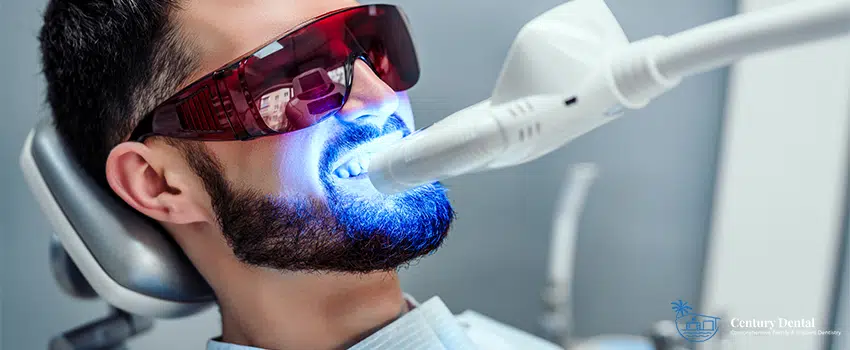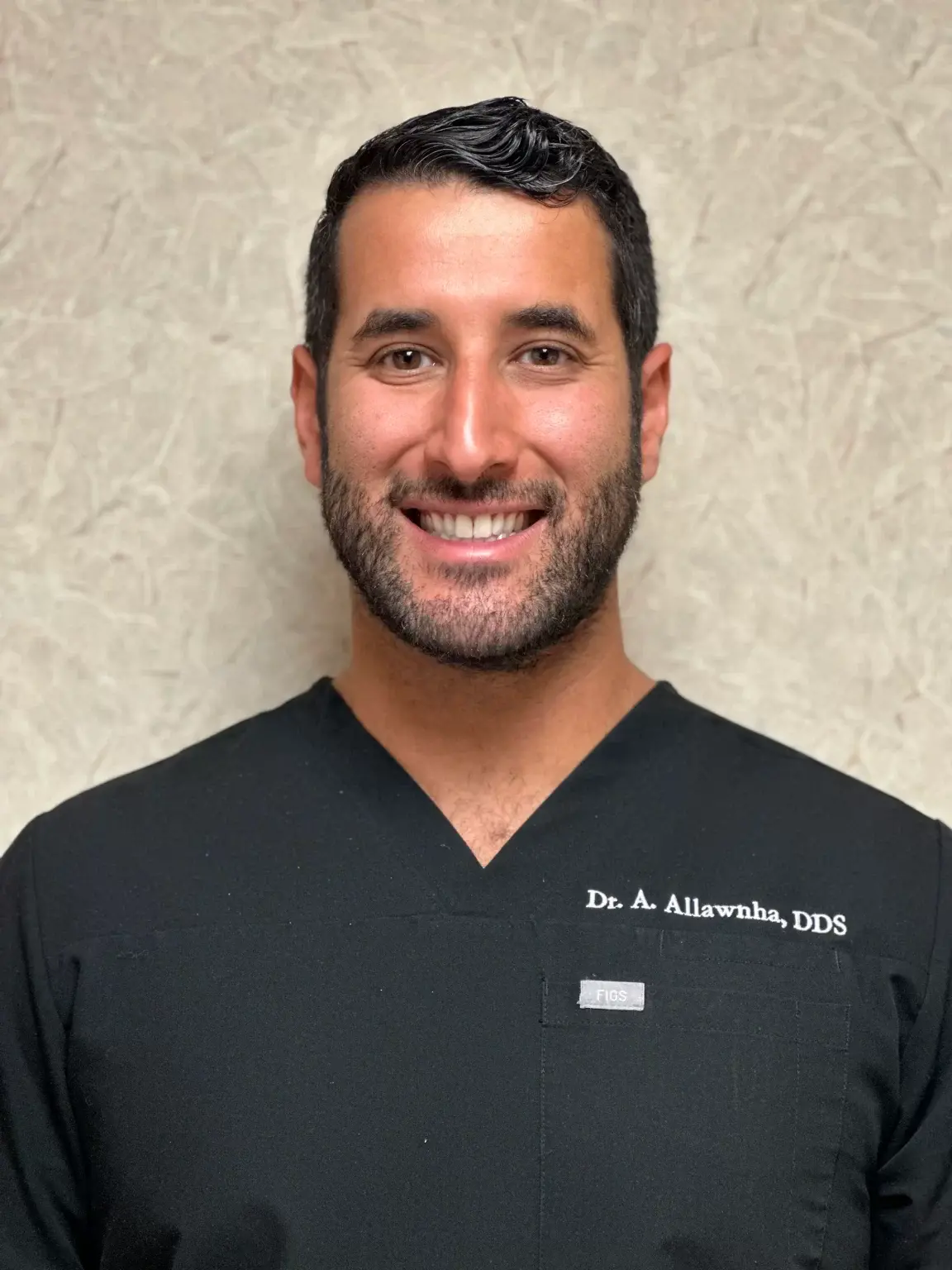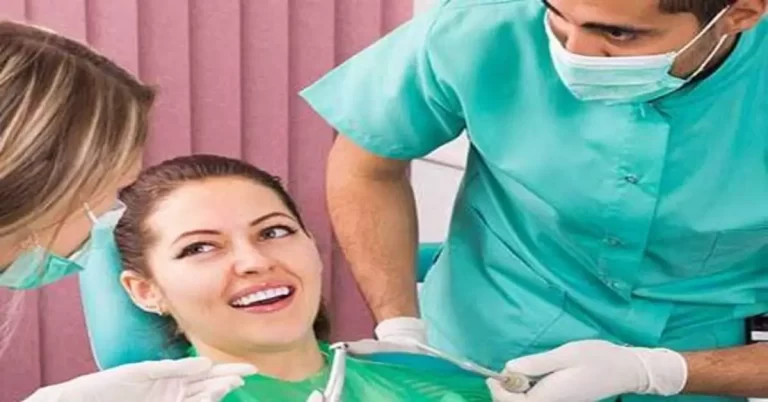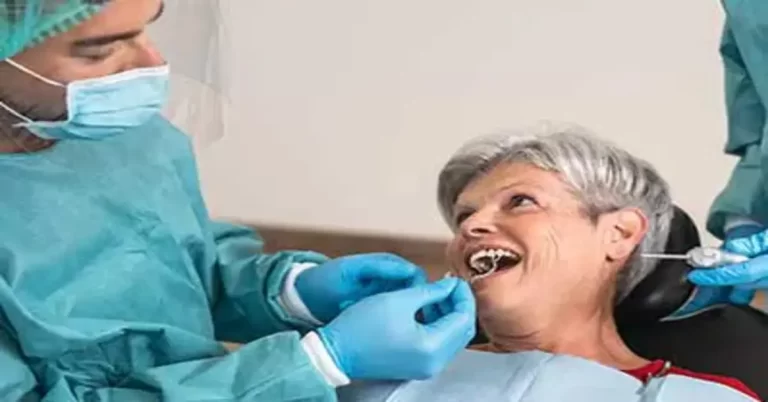Tooth discoloration, as the name implies, is what happens when the color of your teeth changes. From white, the color may become darker. Sometimes, dark or white spots may also appear. While tooth discoloration is common, it can greatly impact your smile and confidence. The good thing is that there are available treatments for it as well as preventive measures.
What Causes Tooth Discoloration?
There are many things that cause discoloration and stains on teeth. The most common ones are the following:
- Food and Beverages – Beverages with high acid content can stain teeth. Coffee, soda, tea, wine, and certain juices are the most common ones. Certain fruits are also found to be staining culprits, and some of them are citrus fruits, beets, cherries, blueberries, and tomatoes.
- Tobacco – People who smoke and chew tobacco are more susceptible to gum diseases and oral health issues. Additionally, tooth discoloration is a more likely possibility for them compared to non-smokers.
- Aging – As people age, the enamel on their teeth gradually wears away. When this happens, the second outer layer of their teeth gets exposed. The second outer layer, also called dentin, is naturally yellowish in color.
- Injury – Accidental fall and slip can also be a cause of discoloration on the teeth. When the teeth get damaged, it can cause harm to the enamel. This results in discoloration and stains.
- Medications – Medications such as antipsychotics, antidepressants, antibiotics, and antihistamines are known to be contributors to tooth discoloration. Maintenance medication for hypertension and chemotherapy are also among the culprits.
- Illnesses – Celiac disease, liver disease, enamel hypoplasia, and calcium deficiency are some of the health conditions that cause enamel to get damaged. People diagnosed with such diseases experience changes in their teeth color.
- Poor Oral Hygiene – This comes as no surprise, but those who do not brush and floss their teeth daily are more likely to have discoloration and stains on their teeth. Poor oral hygiene causes the growth of bacteria from the accumulation of plaque and tartar. This, in return, leads to having stained teeth.
- Genetics – There are people who are just born lucky to have thick enamel and strong teeth, and there are some who are not. This shows that genetics strongly impacts the color of teeth.
Types of Discoloration
1. Extrinsic
Extrinsic discoloration happens on the surface of the teeth, specifically on the enamel. This type of discoloration is caused by the substances that come in contact with the teeth — such as food, beverages, and tobacco.
2. Intrinsic
Intrinsic discoloration is caused by internal factors. Medications, illnesses, injuries, traumas, genetics, and tooth decay are some of the most common causes. Usually, intrinsic discoloration makes the teeth grayish in color.
3. Age-related
As mentioned above, the enamel wears down as people age, which causes older people to be more susceptible to discoloration. However, age-related discolorations can also be caused by both intrinsic and extrinsic factors.
Tooth Discoloration Treatment
To those asking the question, “Can tooth discoloration be reversed?” The answer is yes. If the discoloration, however, is caused by conditions such as celiac disease and fluorosis, it is irreversible.
Depending on the type of discoloration, dental hygienists and dentists may prescribe products or procedures. The three categories of tooth discoloration treatment are the following:
- Tooth-whitening Products – For extrinsic discoloration, dentists usually prescribe whitening strips and toothpaste. These products are not that effective for treating intrinsic discoloration located inside the teeth.
- In-office Treatment – For the most beneficial results, your best option is an in-office treatment. Dentists use a high concentration of hydrogen peroxide for immediate and long-lasting results. Regular dental visits with cleanings can also contribute to having whiter teeth.
- At-home Treatment – Dentists also prescribe custom tooth-whitening trays, which you can use at home. Usually, a gel is added to the tray before wearing it. Custom tooth-whitening trays are worn for an hour every day or depending on the recommendation given by dentists. The results from at-home treatment can be observed after a few weeks.
How to Prevent Tooth Discoloration?
To prevent discoloration and stains on the teeth, there are some things you can do at home. Consider doing these things:
- Avoid Certain Foods and Beverages – If you really want to prevent discoloration and staining on your teeth, consider avoiding foods and beverages that are high in acid. You should also consider brushing and flossing your teeth after the consumption of such foods and beverages.
- Live a Healthy Lifestyle – Everyone knows that smoking jeopardizes one’s health so consider changing your habits. It is recommended to live a healthy lifestyle to improve not just your oral health but also your overall health.
- Practice Good Oral Hygiene – Brushing twice a day and flossing once a day contribute to having whiter teeth. By doing so, bacteria in the mouth can be removed. Dental cleanings also play a big role, so consider having regular checkups.
Visit a Dentist Soon
Tooth discoloration is common, and it can happen to anyone. The best thing to do is to prevent it by practicing good oral hygiene and visiting dentists regularly. Do not let tooth discoloration affect your smile. Schedule a visit with the dentists now.
To receive the best dental care and services, visit us at Century Dental. We have the best dentists in St. Pete Beach, FL, to assist you with all your oral and dental needs. If you have questions, do not hesitate to contact us. We would be more than happy to be of service to you.





